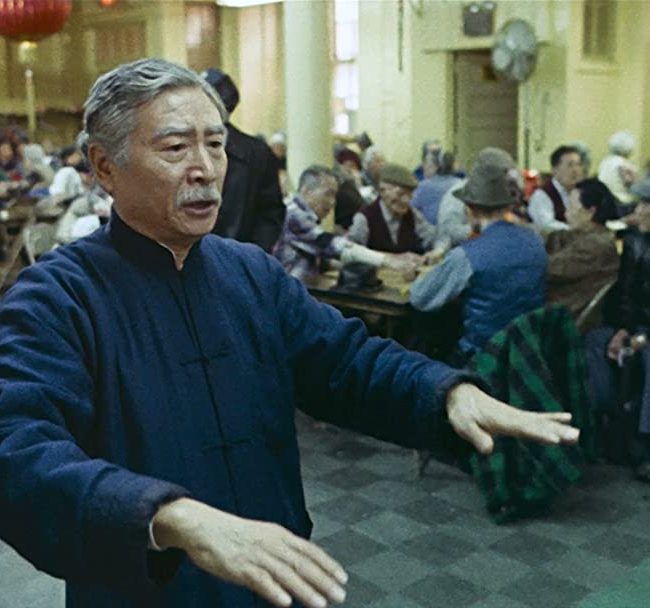Qualities Of Better Film #30 of 32: EMOTIONAL USE OF TECHNIQUE
There is an emotional quality inherent in camera placement and lens choice. There is a similar effect with color palate and fabric texture. I don’t think anyone would argue that editing style and pacing also qualifies for this honor. As certainly does camera movement. Yet, for all of this, I rarely hear filmmakers remark about it.
When we first started working with Ang Lee, I remember that one of James Schamus’, my business partner at the time, first observations of Ang’s unique talents, was that he had an uncanny understanding of the emotional impact of camera placement.
We need to give our characters space to breathe, to live, to feel. We don’t always need to see their faces. We do need to see how they relate to their environment. We need to give our audiences time to put themselves in the shoes and minds of the characters. We need to use the tools we have to do this. I don’t think there is a science to this, but more of an instinct, and we know it when a filmmaker does this well, or more usually, ignores it altogether. Too many filmmakers allow the actors to do all the emoting, and that’s only half the picture.











